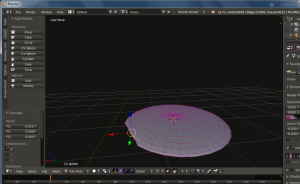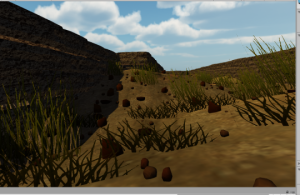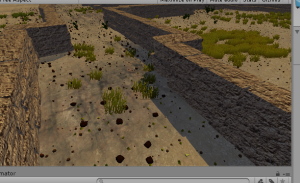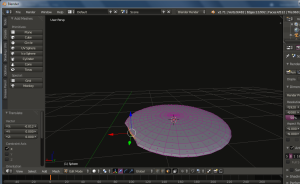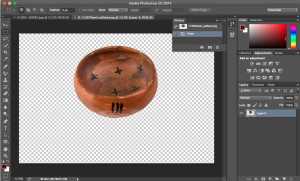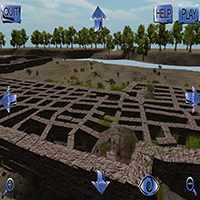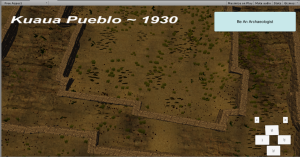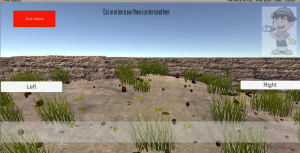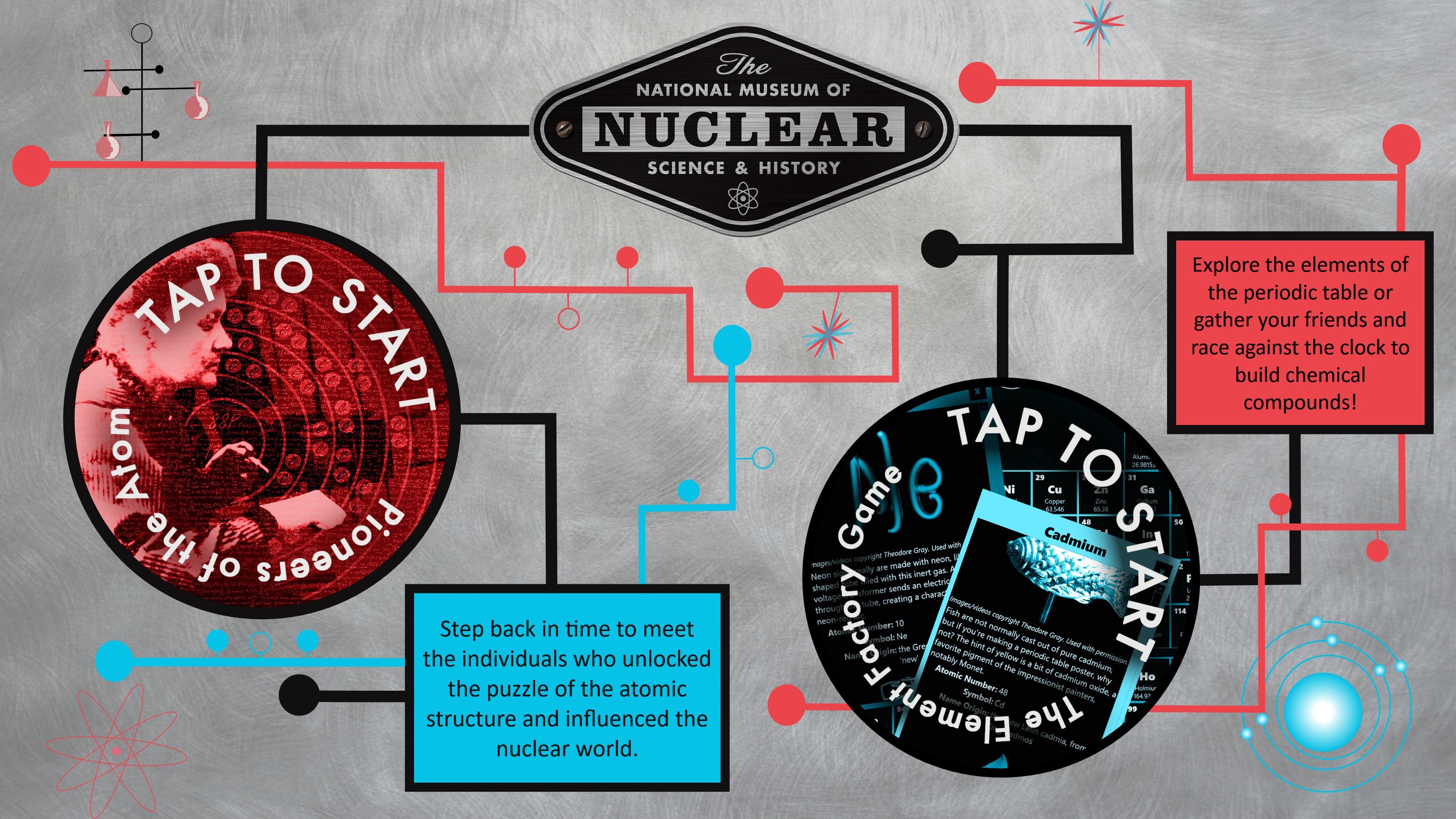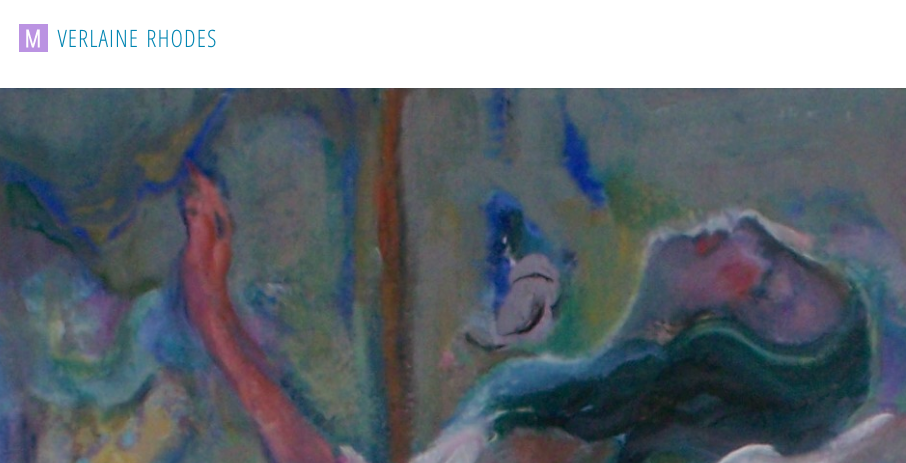Blender is an amazing FREE software that allows for 3D modeling objects and then seamlessly exporting them to Unity to use within a game environment. 3D modeling is a complex mixture of math and art that takes years to master. A very unique story is how Pixar was made with a mathematical equation. This equation is the reason Pixar animations are so smooth and round. Click here if you are interested in the Pixar story. I am in the learning stages and I am very lucky to have an internship that requires these skills so that I may continue learning 3D modeling as well as game design. In a normal game development environment, there would be a team 3D modeling and a team programming the game. However, I am in charge of it all, which makes the going slow, though incredibly fun. This week was a very blender extensive week while I worked to design a pot sherd so that I may “litter” the ground around the pueblo with them. Even today if you look at the ground at the Coronado Historic site, there are pot sherds poking out of the ground everywhere. We can only imagine how many were at the site during the excavation.
First I must create the structure of the pot sherd object. This is called the wire frame.
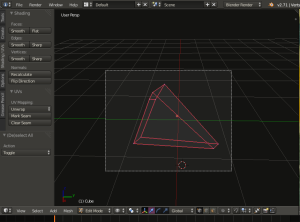
I then set it up to diffuse a color light. I chose yellow to mimic the sunlight that will be hitting it.

Then a texture is created. I created this texture in photoshop using an actual pot sherd image found at the Kuaua Pueblo.
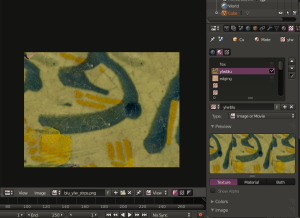
Followed by a material that can be applied to a face on the object. I also created a sandy texture for the edges of the sherd also using a real image from a pot sherd found Kuaua.
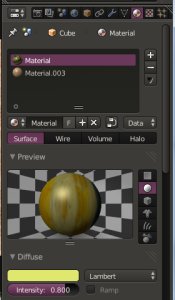
Resulting in a pot sherd!
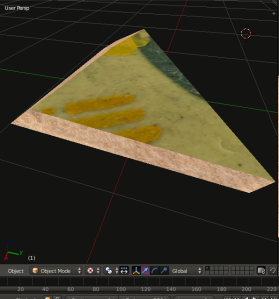
The next goal is to upload this object into Unity and use it to decorate the landscape. I also wanted to make the site look more like it is being “dug up” by the archaeologists. I have added dirt mounds and more texture to the grasses and rocks around the walls.
